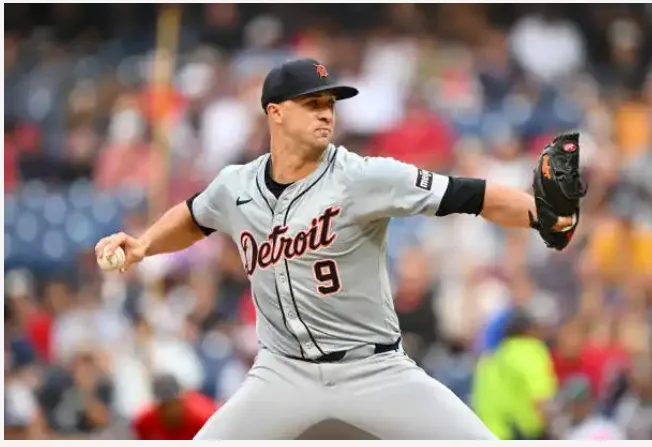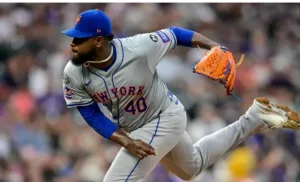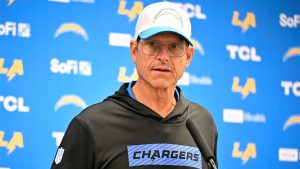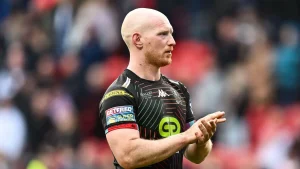
Update:Yankees nearly traded former All-Star pitcher jack flaherty at the deadline…

At the trade deadline this season, the New York Yankees were on the brink of executing a significant move involving former All-Star pitcher Jack Flaherty.
The potential trade underscored the complexities and high stakes of roster management in Major League Baseball.
Jack Flaherty, who burst onto the scene with the St. Louis Cardinals as an emerging ace, had shown flashes of his elite potential but faced challenges in recent seasons.
Once a promising young star, Flaherty’s trajectory has been marked by injury setbacks and inconsistency.
Despite these issues, his past performance and ability to dominate on the mound made him an attractive asset in the trade market.
The Yankees, amid a competitive season and grappling with their pitching staff’s inconsistency, viewed Flaherty as a possible solution to bolster their rotation.
The team was particularly interested in Flaherty’s ability to provide high-caliber innings down the stretch, an asset that could potentially propel them in the playoff race.
The front office’s interest in Flaherty was driven by his track record and his potential to regain his former form.
As the trade deadline approached, discussions intensified.
The Yankees were reportedly negotiating with the Baltimore Orioles, the team that acquired Flaherty from the Cardinals earlier in the season.
The Orioles, looking to strengthen their position, were open to moving Flaherty if it meant getting a substantial return.
This created an opportunity for the Yankees to pounce, particularly if they could secure Flaherty without surrendering key prospects or core players.
However, the negotiations were complex. The Yankees needed to weigh the potential upside of adding Flaherty against the risk of his inconsistent performance and injury history.
Moreover, the Orioles sought a significant return, reflecting Flaherty’s potential as a high-impact pitcher.
The Yankees’ front office had to carefully evaluate whether Flaherty’s potential reward justified the investment, considering their own roster’s needs and future outlook.
In the end, the deal did not materialize. The Yankees opted against trading for Flaherty, a decision that was influenced by multiple factors.
The team’s internal evaluations and the high price tag attached to Flaherty played critical roles.
Additionally, the Yankees may have decided to preserve their prospects and focus on alternative strategies to address their pitching issues.
Flaherty remained with the Orioles, continuing his journey with a team that saw potential in him despite the volatility.
The Yankees’ decision reflected a cautious approach to roster moves, prioritizing long-term sustainability over short-term gains.
While the trade for Flaherty could have bolstered their rotation, the decision to pass on the deal was a testament to the strategic calculations that define MLB’s trade landscape.
As the season progressed, the Yankees’ choice would be scrutinized in hindsight.
Whether their decision to bypass Flaherty proved wise or costly would depend on their performance and the contributions of their remaining pitchers.
For now, the near-trade serves as a reminder of the intricate and high-stakes nature of MLB transactions, where every move can significantly impact a team’s trajectory.






